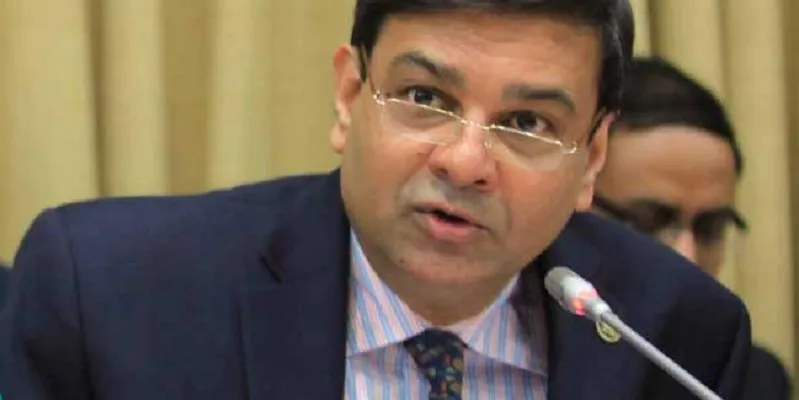Sensex up 77 pts ahead of RBI policy meet
Rising for the third back-to-back session, the Sensex moved up another 77 points on Wednesday with interest-sensitive stocks gaining the most as investors raised bets on RBI's policy decision amid firm global cues. The rupee's good run against the dollar too lifted the overall mood.

The 30-share index rose 77.17 points, or 0.29 percent, to 26,469.935, with sectoral indices - auto, realty, banking, oil & gas and power -- trading in the positive zone with a gain of up to 0.72 percent. The gauge had rallied 162.10 points in the previous two sessions. The NSE Nifty too added 27.55 points, or 0.33 percent, at 8,170.70.
Also read : Wallet killer? This RBI move will make your online transactions twice as simple
Brokers said sentiments remained upbeat as investors prepared for fresh bets in anticipation of a RBI rate cut. The RBI policy meet, scheduled for later in the day, will be the first after demonetisation. Major gainers were SBI, ICICI Bank, HDFC Bank, Axis Bank, Power Grid, Lupin, M&M, Hero MotoCorp, L&T and Maruti Suzuki.
Also read : What RBI wants you to know on the Rs 500, Rs 1,000 note exchange
Among the Asian bourses, Hong Kong's Hang Seng was up 0.32 percent while Japan's Nikkei went up 0.40 percent. Shanghai Composite Index rose 0.10 percent in early trade on Wednesday. In Tuesday's trade, The US Dow Jones Industrial Average made a record close by rising 0.18 percent.
The six-member Monetary Policy Committee (MPC) began its deliberations yesterday amid widespread expectations of at least 0.25 percent (25-basis point) cut in the policy rate to cushion the impact of demonetisation. This was the second meeting of MPC headed by RBI Governor Urjit Patel after the first in October, when it had cut repo, or the short-term lending rate, by 0.25 percent to 6.25 percent.
RBI has reduced the policy rate by 1.75 per cent since January 2015. This will be the first monetary policy review after demonetisation of old Rs 500 and Rs 1,000 banknotes, following which banks witnessed a surge in deposits.







